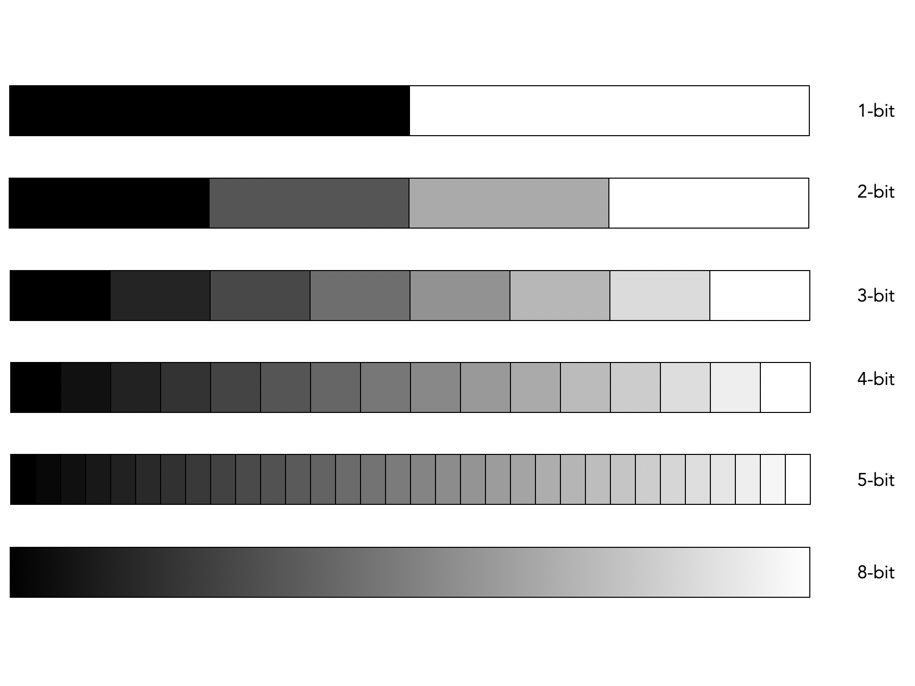The color depth of a camera, also known as bit depth, refers to the richness of color information that the camera can record and represent during shooting. It is measured in bits, and common color depths are 8-bit, 10-bit, 12-bit, 14-bit, and even higher.
Color depth reflects color richness by indicating the number of colors that each pixel can present. The color of each pixel is composed of three primary colors (red, green, and blue) (RGB), and the number of bits of color depth determines the number of different brightness levels that each primary color can present.
For example, for 8-bit color depth, it means that each primary color can have 2^8=256 different brightness levels, so the total number of colors that a pixel can present is 256*256*256=16777216 (that is, the 16 million colors we often say).
Higher color depth means that the camera can capture and record a wider range of more delicate color transitions and level changes. When post-processing photos, there is also more room for adjustment. For example, when adjusting color, contrast, exposure and other parameters, 8-bit color depth images may have color faults, while 10-bit or higher color depth images can still maintain smooth and natural color transitions. The color transition of the picture is more delicate and soft, avoiding color faults or banding, thus presenting a more realistic and vivid visual effect.
In daily shooting, 8-bit color depth is sufficient to meet most general photography needs. It can provide good color performance in JPEG format and the file size is relatively small, which is easy to store and share. However, in commercial photography, advertising photography, landscape photography and other fields that require extremely high image quality, as well as workflows that require a lot of post-processing, cameras with 10-bit or even higher color depth are particularly important, and can provide photographers with richer color data to ensure the color quality of the final work.

